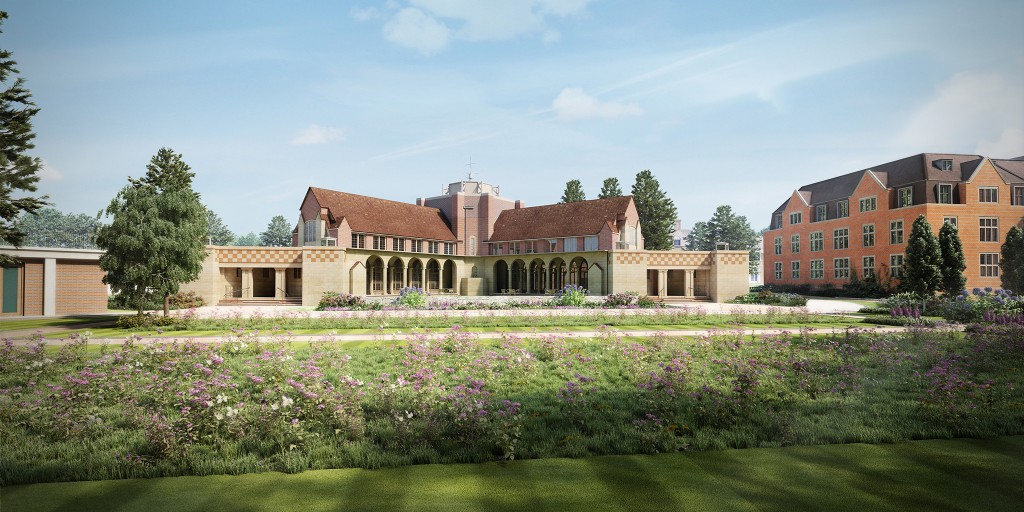3d visualisation of the King Edward estate 
When creating 3d visualisation and focusing on schemes with a rich heritage in particular there requires an appreciation of the existing environment.
The King Edward VII Estate project (located in Midhurst, West Sussex) presented a restoration project to convert 162 apartments, duplexes and houses whilst maintaining the character of the building.
The original development dates back to 1901 and was known as The King’s Sanatorium (opened by King Edward VII in 1906) to care for those suffering from tuberculosis and a key location for rest and fresh air.
This project was the responsibility of Jon Senior from the 3D visualisation team.
Let’s find how working on larger schemes involves an element of planning and detail.
The final delivery was centred around seven CGI images and a masterplan. We were briefed to create images that put across the original character of the architecture while also showing the location as a desirable place for modern living.
With such a large and complex site, one of the main aspects in delivering a project like this is time management.
Keeping things as organized as possible early on in the process meant any amendments forthcoming from communication with the client could be smoothly and quickly integrated into future drafts.
This project represents so much history.
Renowned garden designer Gertrude Jekyll originally designed the exterior environment. They are also a nationally important heritage asset. The architecture and gardens had to complement each other.
As a building that already exists, one of the biggest challenges was to replicate the character that has stood for over a century.
The whole project had to look relevant for the purpose and intention of the new development (residential), whilst ensuring the history and idyllic character of the environment was retained. This meant, for example, making sure that the textures presented the character of the site. A lot of original detail was being kept, for instance on the stonework of the on-site chapel, so it was important that I didn’t create a selection of images that appeared as a newly built development.
Every project presents the potential for learning. The scale of this particular project was new for me and required modifying my workflow to stop it becoming overwhelming and to keep everything manageable.
This was such a unique project where the focus was on the history and heritage of the building. This had to be communicated along with creating something that would generate interest for potential homeowners.
Personally, the reward comes at the end of a project when I try and look objectively and critically at the process and outcome. Trying to learn something from each project means I can continue to grow and develop my skills.